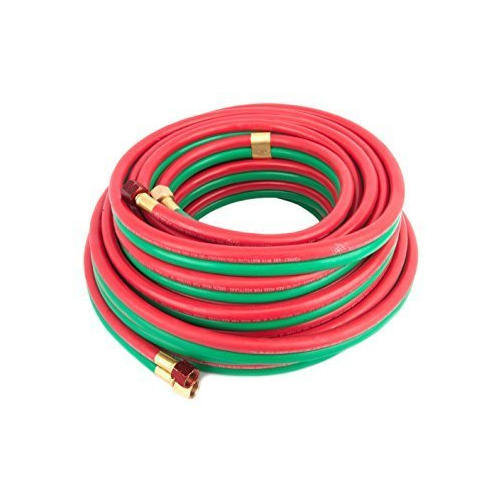As we all know, high-temperature operations including welding, cutting and brazing will bring many health and safety hazards, and are the cause of fires. Employees, faculty, contractors, and students perform hot work at various locations on campus every day. In addition, students can perform these operations while working on university-related projects outside the school (for example, building a back-to-school buoy).

When starting welding work, you must wear safety glasses. These welding hoses are connected to the welding pot. When welding, safety glasses should be worn under the welding helmet. The hot metal from welding can fly in all directions and occasionally scatter under the helmet. The blue and red or green and red two-wire welding hoses will be connected through some quick connectors and assembled with some welding guns according to EN559 or ISO standards. When you use a chisel hammer and wire brush on the weld, safety glasses that comply with ANSI 87.1 will protect your eyes from molten iron and provide the necessary protection against flying debris.
For gas welding work, high-quality two-wire hose is very important. According to EN 559 or ISO 3821 or ARPM IP-7, T-class two-wire welding hose can provide excellent service in various industrial and commercial applications. Chemically bonded dual hoses are easier to manage and handle than independent single-line hoses.

The color coding can be easily identified for quick and accurate installation, and the cover is wear-resistant and weather-resistant to provide the best performance.
First, check the required size. For example, you need 6 mm + 6 mm blue + red, but 6 mm + 8 mm green + red.
Second: Check the required working pressure. Generally, for two-wire hoses, the working pressure is 20 Bar or 300 PSI.
Third: Check the required coil length, usually the coil length is 30 meters to 100 meters.
